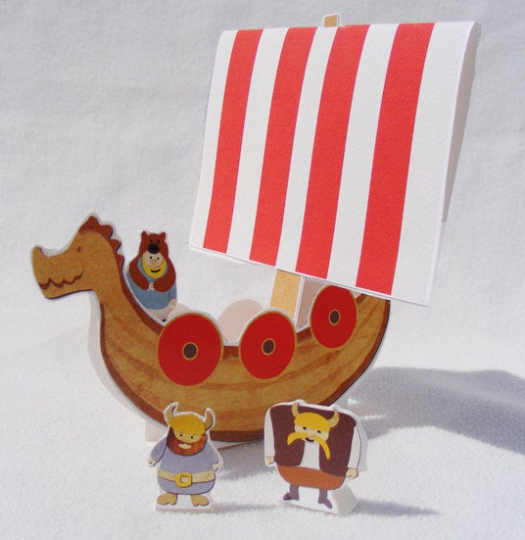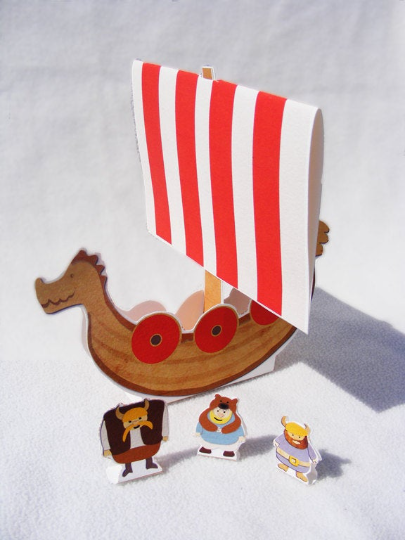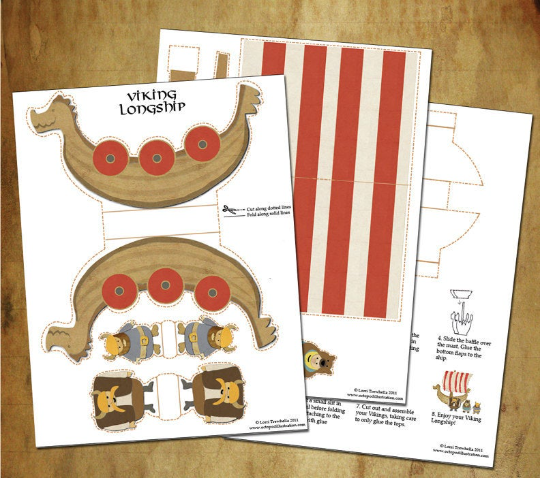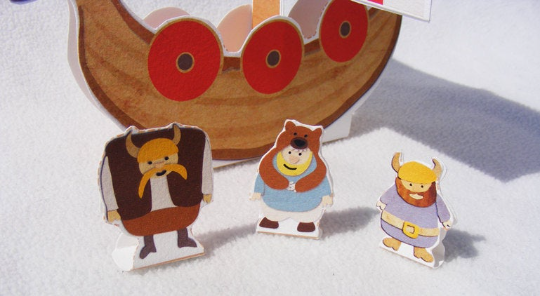Guest lecture with Neef Rehman, John Sinclair, Robin Howie and Sophie Hawkins
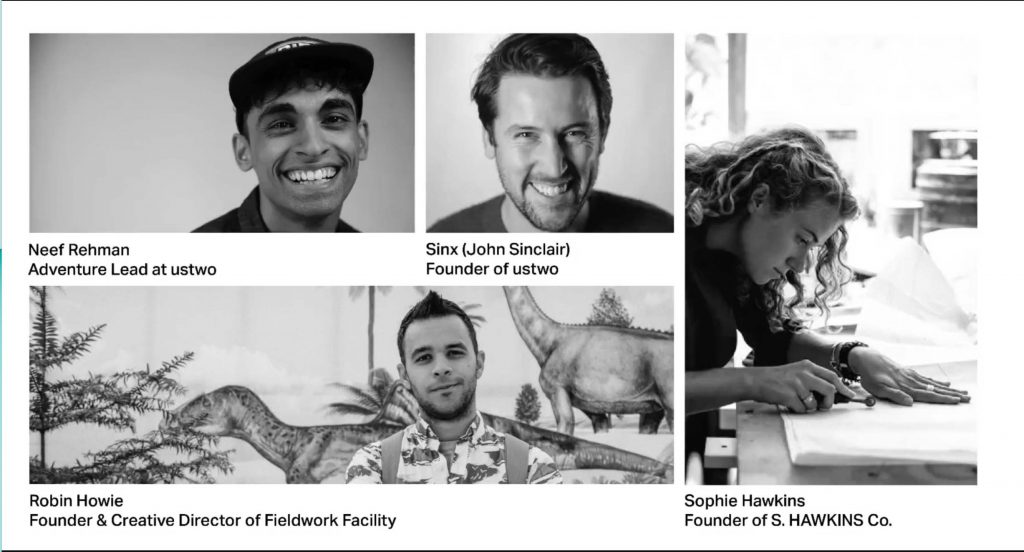
There was a real mixture of business and styles in this lecture. Some people jumped right into starting their own studio right out of school, some spent time in the industry or multiple industries while honing their own ideas. My main takeaway this week has been that no designer is the same, so no career should be the same. There is no ideal we are trying to measure up to, we are developing our own design identities.
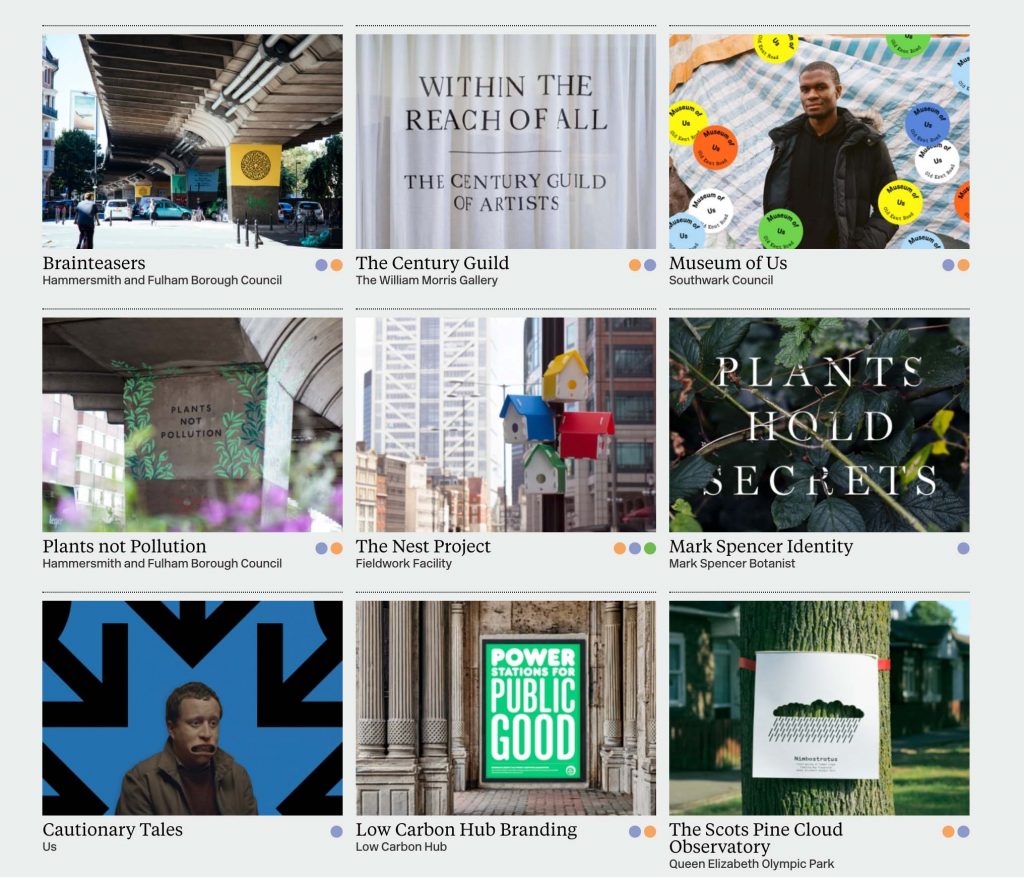
Robin Howie – Fieldwork Facility
I appreciated that Howie struggled at first, and needed to take on freelance work to support his design studio. One thing that keeps coming up is finding clients, meeting people and potential clients seems to be the most important thing to starting a successful studio. I admire that he refused to specialise, and is very idealistic, focussing on craft and developing his work. Even still, he admits that he eventually had to wake up and focus on the business side of things, and it may be important to do that before you get to the stage that the tax office is breathing down your neck! He also makes a point that he relished hunting for clients, but that isn’t for everyone.
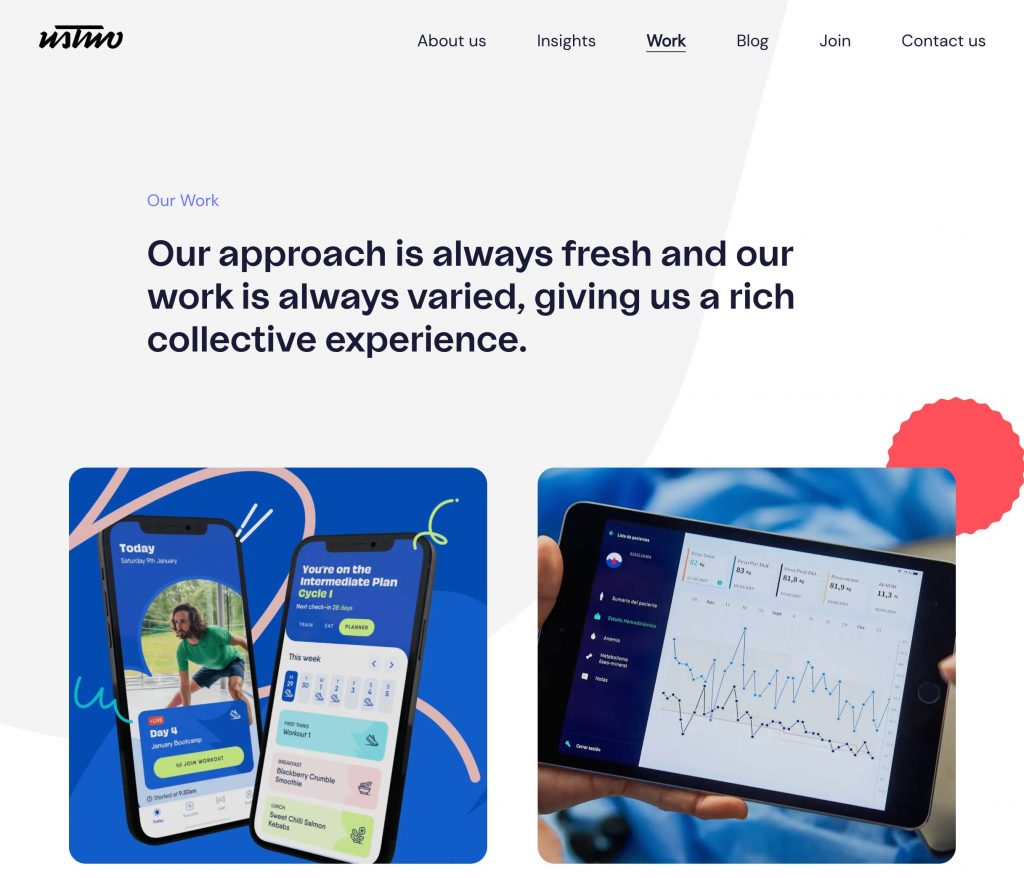
John Sinclair – Ustwo
John Sinclair discussed the difference between being ideas focused at university to getting a job and struggling to deliver on the production or business side. I’ve generally found that education does not prepare you for skilled work, there is so much of the day to day minutiae that is impossible to learn any other way than by sustained doing. My job has a lot of the boring bits Sinclair spoke about, which gives me a good grounding on what is feasible when I start a project. Big ideas are necessary, but so is someone who will see a project through instead of abandoning it when the sparkle wears off. The trajectory of his career is also very interesting – going from being young and scrappy to having some success and growing massively has meant that Sinclair has had to focus on different aspects of the business at different times. They are now big enough to be able to pick and choose their projects, and I like the way they have structured their company as we covered earlier in the module. There is a lot of strength and flexibility built into their business model.
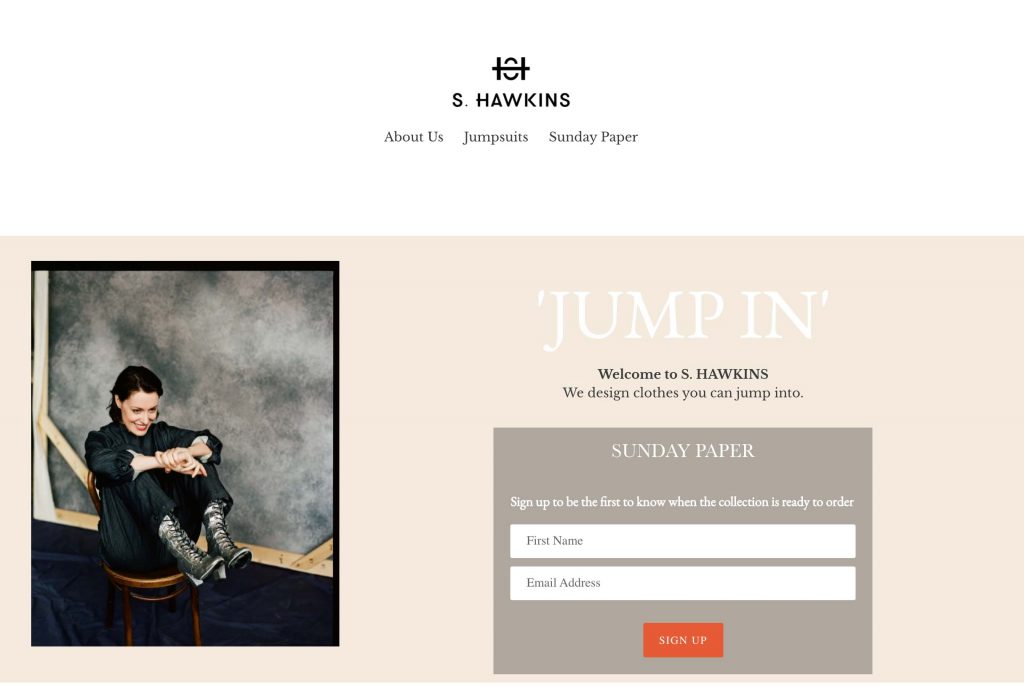
Sophie Hawkins – S. Hawkins Co.
The interview with Sophie Hawkins really hit home about how your career can develop and grow organically, moving from position to position and learning different skills along the way that you can then use to nurture and develop your own ideas. Hawkins feels mid development still, that she has built a product and has great underpinnings. I loved her focus on environmentalism, and how difficult it is to scale eco friendly materials.
This talk with Chris Do and Jose Caballer was also interesting. They make the point that designers have been programmed by society and education to be uncomfortable with making a lot of money, that corporations have us used to slotting into a small position and giving us head pats for being creative instead. There is an undercurrent that creative people are supposed to be so fulfilled by creating work, that they don’t need to be paid for it. That in fact, being paid for it is insulting the beauty and authenticity of the creative work. This is interesting because watching Chris Do speak about money does make me uncomfortable. He does seem to very driven by money, even if both of them admitted to not being terribly good at the business side of things. I suppose this is a necessary evil, and if you are starting your own business with staff you have the added pressure of supporting others as well as yourself. Taking personal risks is an entirely different proposition than risking the wellbeing of a staff, or your family.
They go on to talk about the question “what’s the worst that can happen?” which is something I struggle with. This is my natural state, I find it far too easy to disasterise, so that question very quickly has me mentally living in a cardboard box, destitute. I think for me, I need to ask the opposite question – “how can this succeed?” and spend more time jumping into things instead of giving myself time talk myself out of ideas.
Workshop Challenge
Discuss the pros and cons of how risk, failure and innovation is built into a model for business success, and what the impact of different cultural insights is in regard to opportunity and potential
Create an information graphic, or diagram, or animation that, for you, highlights the effective definition and process of a being a design entrepreneur today.
What does it mean to be an entrepreneur? I’ve struggled with this concept this week as I keep rubbing up rubbing up against the evils of capitalism. I am resenting the necessity to leverage creativity as a money making opportunity and that having the luxury to choose and decide projects you are working on is a position of privilege.
Doing a google search on entrepreneurs throws back exactly the sort of thing I am trying to avoid – rich, privileged white males entrenched in the capitalist fairy tale of entrepreneurship – that if you work really really hard you will succeed. If you don’t succeed you didn’t try hard enough, aren’t deserving and are personally suspect. Pull yourself up by your bootstraps! If silver spooned billionaires with every advantage in life can do it, so can you! This is compounded by the so called “prosperity gospel”, the idea that deserving people are granted wealth by god, therefore being wealthy is conflated with being worthy. This is such a toxic idea, especially in the American context, that it has poisoned my view this week.

In addition, taking risks when you have children relying on you is not always a responsible thing to do. Failure is always a possibility, even the best idea can fail if it is not properly marketed, the audience shifts, or the market is taken out from under you. A good portion of success in entrepreneurship comes down to luck, being in the right place at the right time or having the right connections. I’m drawn to people who have started a business almost by accident, because they were following their passion and it just happened to become successful. I’m trying to focus more on the idea of authorship, as that is what I feel is missing in my career, and what I’m trying to develop.
So, how do I move past this enormous mind block? By focusing on other types of entrepreneurship! It doesn’t have to be so black and white, good and evil. Most entrepreneurs are driven by a goal, and those goals are varied and individual.
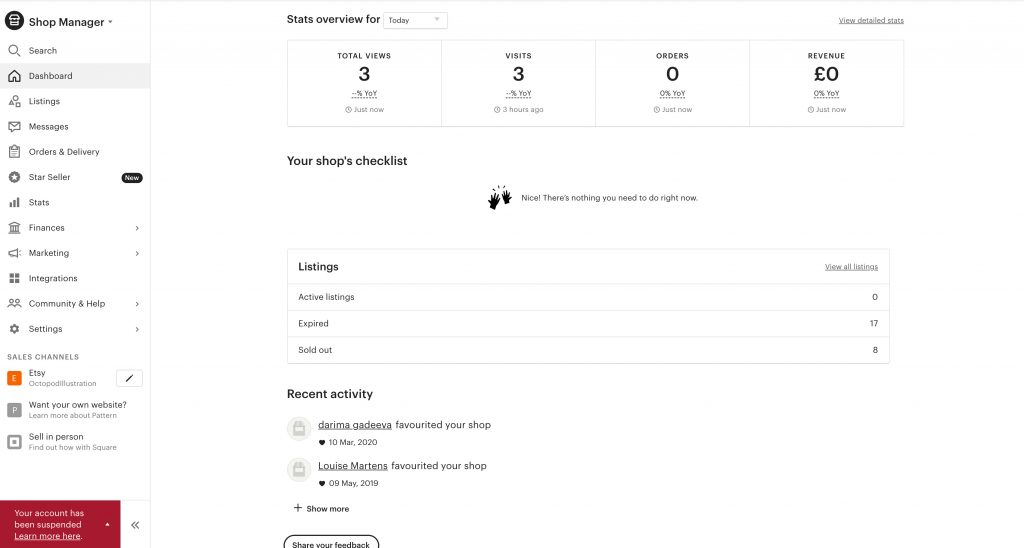
gets suspended for not being current with their preferred payment methods…
I have tried small things myself in the past, doing freelance design and running an Etsy shop specialising in paper toys, printable stationery and party decorations. I eventually shuttered the shop as I have always struggled with marketing myself and had less time for it as I had started working full time. Etsy is relatively low risk, as fees per listing are low and the potential return for a well run shop is quite good. I would not discount using it again in the future if I put more effort into promotion and marketing.
I decided to look into different types of entrepreneurs, and to remind myself that not everyone is motivated by commercial success or greed. According to startup guru, Steve Blank, there are four general types of entrepreneurial organisations – small businesses, scalable startups, large companies and social entrepreneurs. Blank also identifies four most common traits needed by all entrepreneurs – resilience, agility, tenacity and passion. (Blank 2010)
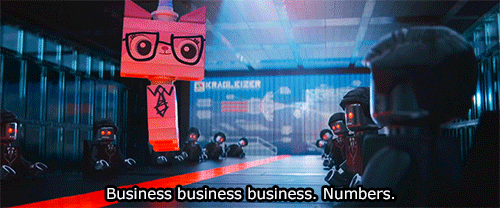
This article from Indeed expands that, adding five more:
- Small business entrepreneurship
- Large company entrepreneurship
- Scalable startup entrepreneurship
- Social entrepreneurship
- Innovative entrepreneurship
- Hustler entrepreneurship
- Imitator entrepreneurship
- Researcher entrepreneurship
- Buyer entrepreneurship
Aside from more traditional entrepreneurs, design entrepreneurship can be more about developing an idea or authorial practice. In Jessica Alter’s article Designers make great entrepreneurs, they just don’t know it yet, Alter says that “On the surface, there seems to be an inherent tension between what makes a good entrepreneur and what makes a good designer.” She goes on to explain that designers and entrepreneurs have more in common than is obvious, and that while not every designer is a good match for entrepreneurship, “…if what they really love is the process around designing – around solving problems they are passionate about – then they are well-suited for entrepreneurship.” (Alters 2013)
I started brainstorming the different kinds of entrepreneur categories, and linking them together to form a decision tree, I kept my text lighthearted and tongue in cheek. I found an open source software tool, Twine, that is used to build interactive non-linear stories and tried it out. Twine is very simple and easy to use, while also being very customisable and powerful. My initial attempt used the default settings, but this could be expanded using images, CSS and even JavaScript.
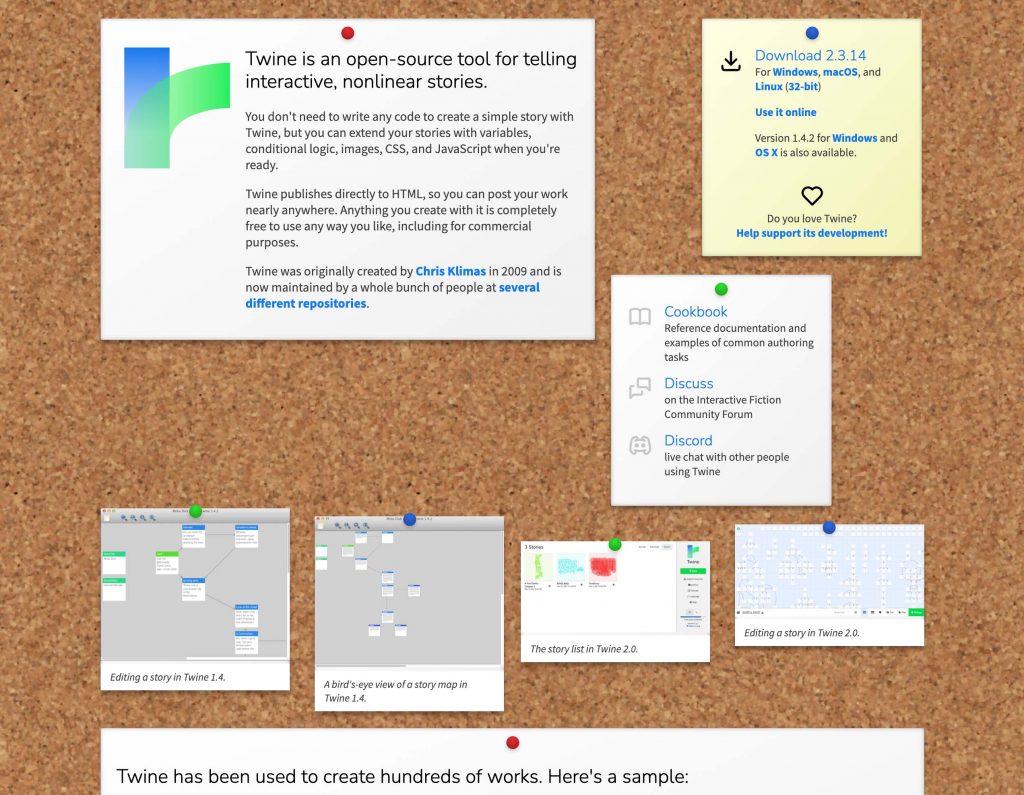
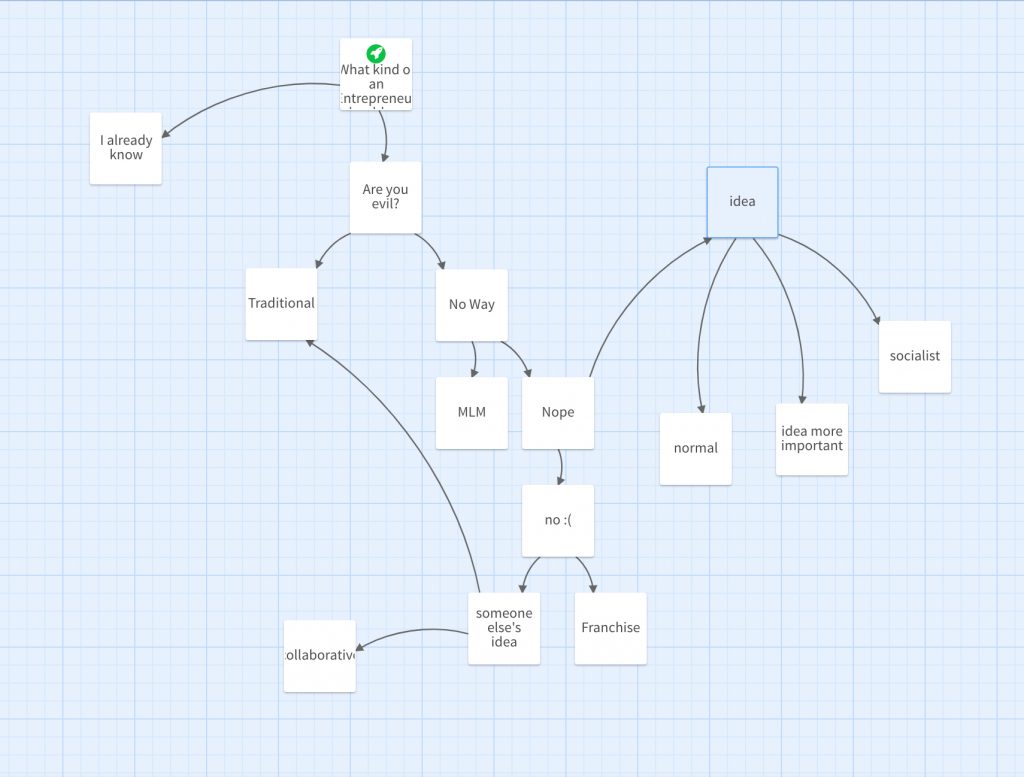
Refrences
ALTER, Jessica. 2013. “Designers Make Great Entrepreneurs, They Just Don’t Know It Yet.” WIRED UK [online]. Available at: https://www.wired.co.uk/article/designers-startups [accessed 31 Jul 2021].
HAWKINS, S., HOWIE R., REHMAN, N., SINCLAIR, J. 2021. Week 9 [lecture]. GDE710 for MA Graphic Design. Falmouth: Falmouth University 2020 [Accessed 25 July 2021]
INDEED EDITORIAL TEAM. 2020. “The 9 Different Types of Entrepreneurship.” Indeed Career Guide [online]. Available at: https://www.indeed.com/career-advice/career-development/types-of-entrepreneurship [accessed 29 Jul 2021].
LZICAR, Robert. 2018. “What Is Design Entrepreneurship? – MA Design – Medium.” Medium [online]. Available at: https://medium.com/ma-communication-design/what-is-design-entrepreneurship-7d3f08ea33eb [accessed 29 Jul 2021].
“Sarasvathy’s Principles for Effectuation – Innovation and Entrepreneurship in Education.” 2020. Sites.ku.dk [online]. Available at: https://innovationenglish.sites.ku.dk/model/sarasvathy-effectuation/ [accessed 29 Jul 2021].
“Steve Blank You’re Not a Real Entrepreneur.” 2010. Steve Blank [online]. Available at: https://steveblank.com/2010/06/10/you%E2%80%99re-not-a-real-entrepreneur/ [accessed 29 Jul 2021].
THE FUTUR. 2014. “The Designer as Entrepreneur.” YouTube. Available at: https://www.youtube.com/watch?v=nFm3uzNYQyU [accessed 20 Aug 2021].
“Twine.” 2021. Twinery.org [online]. Available at: http://twinery.org/2/#!/welcome [accessed 29 Jul 2021].

